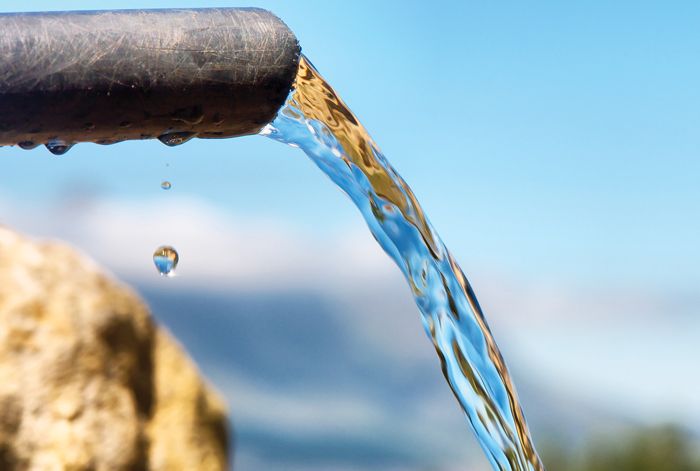Suppose you own a property of at least one acre or an industrial or manufacturing facility of any size in California. In that case, you must apply for an NPDES water board permit. This permit gives you legal authorization to develop water systems and diversion facilities within the time frame and under the state-required conditions. By the end of this short guide, you’ll understand the basics of the water rights permitting and registration process, depending on your intended application.

General Permitting
The first step in most cases to acquiring new water rights in California is to apply for a permit and submit an SWPPP, or Stormwater Pollution Prevention Plan. You may not attempt to fulfill these requirements yourself. To remain in compliance with the Construction General Permit (CGP), you must hire a third-party Qualified SWPPP Developer (QSP) that provides water board permitting assistance and regular site inspections.
A Note for New Property Owners
If you have inherited or purchased a property with an existing water diversion facility you should complete a couple of preliminary steps before applying for a permit and preparing a pollution prevention plan.
- Review the general water rights information on waterboards.ca.gov.
- Check the records for any water rights previous property owners may have filed for the property you now own.
Expedited Water Rights for Small Projects
The Water Rights Permitting and Licencing Program was established in 1914 and for a long time, it was the only way to obtain water rights. But in 1989, the traditional form of this program was amended to offer applicants with small projects that meet certain conditions a way to apply for expedited rights acquisition. This expedited application process is now known as the Water Rights Registration Program.
What kinds of water projects are eligible for expedited registration?
Small water diversion projects require less time and bureaucracy to implement than industrial or manufacturing projects. Registration forms are divided into three eligible categories:
- Domestic
- Irrigation
- Livestock ponds
Small irrigation projects are required to consult with the California Department of Fish and Wildlife before submitting registration to the State Water Board in case any ecological concerns require that additional conditions be met.
If you requested approval to divert water for a small domestic or livestock water system, prior consultation is not necessary, but the water board shares your registration with the California Department of Fish and Wildlife for the same reason. Once the State Water Board receives your registration, they assess it to ensure it meets the required criteria for expedited approval.

A Note for Cannabis Cultivators
According to waterboards.ca.gov, the State Water Board is currently developing a program for cannabis cultivators who need to obtain water rights to qualify for a CalCannabis license from the California Department of Food and Agriculture. Check the State Water Board’s Water Rights Cannabis Cultivation web page here for more detailed information.
About James Mayfield-
Building off over 3 decades of experience from working with his father Jim Mayfield (Mayfield Enterprises, Inc.), James mastered the industry in Foremanship for over 15 years on HAZMAT and Superfund Sites throughout Southern California. Among many other partners, we has worked with Project Navigator, RE Solutions, Crew Grading Inc., WSP, SCS Engineers, TRC Corporation, GeoSyntec, NV5 Environmental, Entact Corp, Waste by Rail, Michael Baker, ERRG, O&M Corp, Largo Concrete, B&D Construction, Xebec, WorkSmart, JLL Enterprises, Mayfield Enterprises, Inc., Arcadis, and more. In addition to being a Stanford-educated Professor with over 30 publications and books in several languages (see Academic Resume), James’ real passion lies in Construction-related Project Management, Environmental Cleanups, HAZMAT, Excavation, and Field Labor. We are also Minority-Owned. James Mayfield is a Native American citizen of the Iowa Tribe of Kansas & Nebraska.






